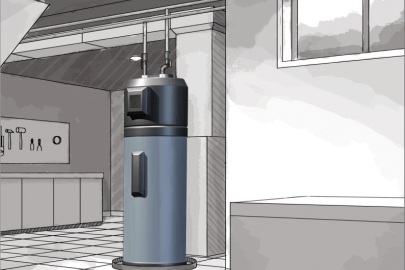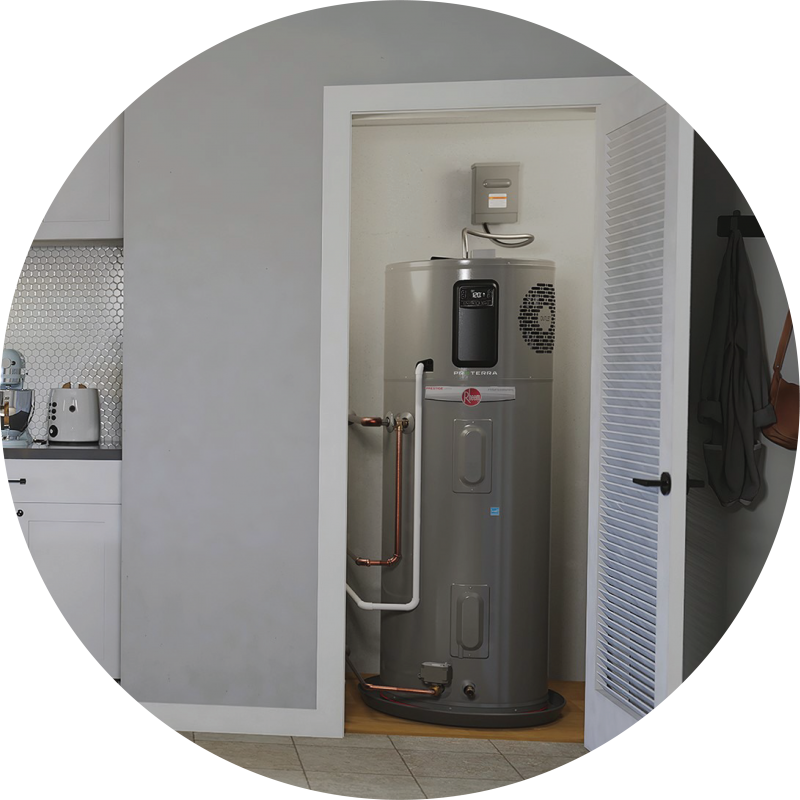Easy Guide to Maintaining Your Home's Hot Water System
Easy Guide to Maintaining Your Home's Hot Water System
Blog Article
We have stumbled on the article relating to Tips on Maintaining a Water Heater down the page on the net and accepted it made sense to write about it with you over here.

Hot water is essential for day-to-day convenience, whether it's for a revitalizing shower or washing recipes. To guarantee your hot water system runs effectively and lasts longer, routine upkeep is vital. This article supplies functional pointers and insights on exactly how to maintain your home's hot water system to prevent interruptions and pricey fixings.
Intro
Maintaining your home's hot water system may appear challenging, however with a couple of simple steps, you can ensure it runs smoothly for several years to find. This overview covers everything from comprehending your hot water system to DIY upkeep tips and recognizing when to call in expert aid.
Significance of Preserving Your Warm Water System
Normal maintenance not just extends the life expectancy of your warm water system but additionally ensures it runs effectively. Neglecting upkeep can result in decreased performance, higher power expenses, and even premature failing of the system.
Signs Your Warm Water System Requirements Upkeep
Understanding when your warm water system needs attention can stop major concerns. Look out for indicators such as inconsistent water temperature level, unusual sounds from the heater, or corroded water.
Recognizing Your Hot Water System
Prior to diving into upkeep jobs, it's useful to recognize the basic elements of your warm water system. Generally, this consists of the hot water heater itself, pipes, anode poles, and temperature controls.
Month-to-month Maintenance Tasks
Normal regular monthly checks can aid capture minor concerns before they rise.
Flushing the Hot Water Heater
Flushing your hot water heater removes debris buildup, boosting effectiveness and prolonging its life.
Monitoring and Replacing Anode Rods
Anode poles prevent deterioration inside the tank. Evaluating and changing them when worn is crucial.
Examining and Changing Temperature Level Settings
Readjusting the temperature settings makes certain ideal efficiency and security.
Do It Yourself Tips for Maintenance
You can execute a number of upkeep tasks on your own to maintain your hot water system in leading condition.
Looking for Leakages
Frequently evaluate pipelines and connections for leakages, as these can lead to water damage and greater expenses.
Examining Stress Relief Valves
Evaluating the pressure safety valve guarantees it operates appropriately and prevents excessive pressure accumulation.
Protecting Pipelines
Protecting warm water pipelines decreases warm loss and can conserve power.
When to Call an Expert
While do it yourself upkeep is valuable, some concerns need professional knowledge.
Complicated Problems Needing Expert Help
Examples include major leakages, electric troubles, or if your hot water heater is continually underperforming.
Regular Specialist Upkeep Advantages
Professional maintenance can consist of complete assessments, tune-ups, and making sure compliance with security standards.
Conclusion
Regular upkeep of your home's hot water system is important for efficiency, long life, and expense savings. By complying with these tips and knowing when to look for expert help, you can ensure a reliable supply of warm water without unforeseen interruptions.
Water Heater Maintenance: The Basics
Maintaining your water heater will ensure it operates efficiently and has a longer lifespan. Neglecting regular maintenance can lead to costly repairs and an even bigger chunk of your savings if you have to replace it sooner than necessary. But there’s good news: Most water heater maintenance tasks are relatively simple and easy for homeowners with basic DIY skills.
Flush the Water Heater
Over time, sediment and minerals can build up in the tank, reducing its efficiency and potentially causing damage. To flush the tank, turn off the power or gas supply, attach a hose to the drain valve near the bottom and open the valve to drain the water until it runs clear. Ideally, flush the tank annually.
Replace the Anode Rod
The anode rod is a sacrificial metal rod that helps prevent corrosion inside the tank. Inspect and replace it every three to five years or per the manufacturer's recommendation. To replace the anode rod, turn off the power or gas supply, drain a few gallons of water from the tank, unscrew the old rod and replace it with a new one. If the anode rod is significantly corroded or covered in calcium buildup, it's a sign the water heater may need to be replaced soon.
Tune-Up
A yearly tune-up can help identify potential issues and ensure your water heater operates at peak efficiency. This typically involves checking the thermostat, burner assembly (for gas heaters) and any other components specified by the manufacturer. During a tune-up, the technician may also clean the burner and adjust the pilot light (for gas heaters) or examine the heating elements (for electric heaters).
How to Maintain Your Water Heater
Insulate the tank. Insulating the tank can improve energy efficiency and reduce heat loss, saving you money on energy bills. You can purchase precut insulation blankets designed specifically for water heaters or use standard fiberglass insulation wrapped securely around the tank. Check the temperature. The recommended water temperature for most households is around 120 degrees Fahrenheit (49 degrees Celsius). Higher temperatures can increase energy costs and potentially cause scalding. Use a kitchen thermometer to check the temperature at the faucet nearest the water heater. Monitor water pressure. Excessive water pressure can strain the water heater and cause leaks or even tank failure. Install a pressure-reducing valve if necessary. The ideal water pressure range is between 60 and 70 PSI (pounds per square inch). Test the temperature and pressure (T&P) relief valve. The T&P relief valve is a safety feature that releases pressure if the tank gets too hot or the pressure builds up too high. Test it annually by lifting the lever and allowing a small amount of water to release. Replace the valve if it doesn't release water or reseal properly. Check for leaks. Regularly inspect the tank, pipes and fittings for leaks or corrosion. Deal with issues promptly to prevent further damage. Even a small leak can lead to significant water damage over time. Consider a tankless water heater. If your traditional tank-style water heater is nearing the end of its lifespan ( typically 10 years), consider replacing it with a tankless water heater. These units heat water on demand, reducing standby energy losses and potentially saving you money on your energy bills. Schedule professional maintenance. While homeowners can perform many water heater maintenance tasks, it's still a good idea to schedule professional maintenance every few years. A plumber or HVAC technician can thoroughly inspect the unit, identify potential issues and ensure it operates safely and efficiently. https://www.homeserve.com/en-us/blog/home-improvement/hot-water-heater-maintanence/

Do you appreciate more info about How to Maintain Your Water Heater & Prolong its Life? Give a review down below. We'd be glad to hear your opinions about this blog entry. In hopes that you visit us again soon. Sharing is caring. Helping others is fun. Thank-you for going through it.
Schedule Your Job Now Report this page